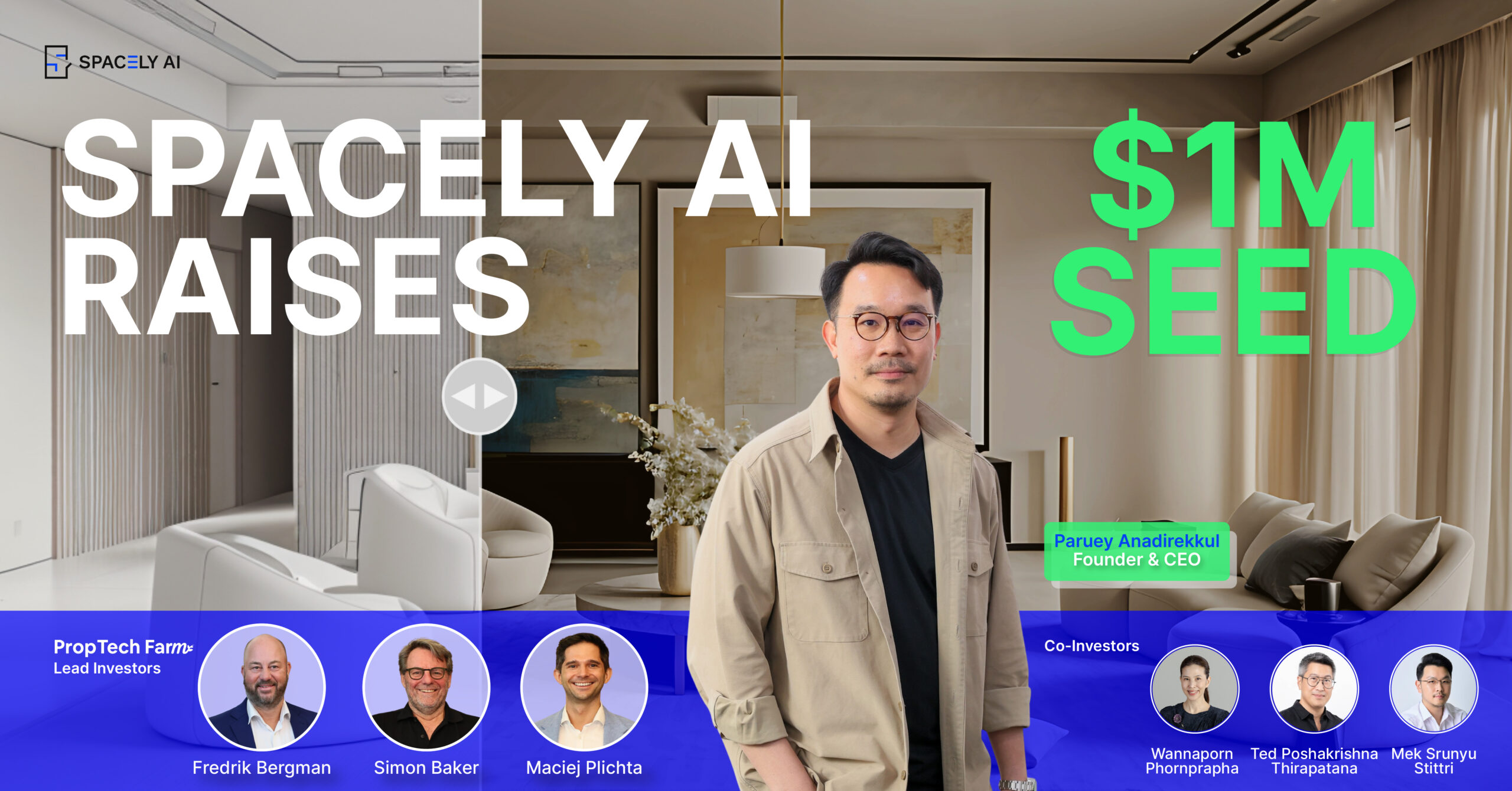FuzeHub Brings New York State Innovation Summit to Rochester October 29 – 30 – Bergen Record

Report on the 2025 New York State Innovation Summit and its Alignment with Sustainable Development Goals
The upcoming New York State Innovation Summit, scheduled for October 29-30 in Rochester, NY, represents a significant initiative in advancing several key United Nations Sustainable Development Goals (SDGs). Organized by FuzeHub and Empire State Development’s Division of Science, Technology & Innovation (NYSTAR), the event is structured to foster innovation, promote sustainable industrialization, and build multi-stakeholder partnerships, directly contributing to SDG 9 (Industry, Innovation, and Infrastructure), SDG 8 (Decent Work and Economic Growth), and SDG 17 (Partnerships for the Goals).
Fostering Innovation and Sustainable Economic Growth (SDG 8 & SDG 9)
Summit Overview and Objectives
The summit serves as a critical platform for accelerating technology-led economic growth, a core target of SDG 8. By convening over 550 technology leaders, manufacturers, researchers, and entrepreneurs, the event aims to build resilient infrastructure and foster innovation as mandated by SDG 9. The primary objectives are to showcase disruptive technologies, facilitate strategic partnerships, and accelerate the commercialization of new products, thereby enhancing the state’s technological capabilities and promoting inclusive economic development.
The Commercialization Competition
A central feature, the ninth annual New York State Commercialization Competition, directly supports SDG 9 by encouraging and rewarding scientific research and innovation. Companies from across the state will compete to demonstrate the potential of their technologies, stimulating a cycle of innovation that strengthens the industrial and technological base of the region.
Advancing Sustainable Industrialization and Infrastructure (SDG 9 & SDG 12)
Key Thematic Areas
The summit’s agenda is designed to address technological advancements that are crucial for sustainable industrialization and responsible production patterns (SDG 12). Key discussion topics include:
- Cell and gene therapy
- Artificial Intelligence (AI)
- Advanced materials, including the future of glass
- Convergence of technology and fashion
- Venture capital for sustainable enterprises
- Manufacturing advancements for resource efficiency
These areas focus on creating technologies that can lead to more sustainable and efficient production processes, a key component of building a sustainable industrial sector under SDG 9.
Keynote Speaker Contributions to Sustainable Development
The keynote addresses will be delivered by leaders whose work is integral to building the technological infrastructure required for sustainable development.
- Dr. Michael J. Hayduk, Air Force Research Laboratory: Dr. Hayduk’s work in leading scientific personnel and establishing innovation hubs contributes to the development of resilient infrastructure and technological capacity (SDG 9).
- Joe Stockunas, SEMI Americas: As president of the global association for the electronics and semiconductor supply chain, Mr. Stockunas advocates for an industry that is fundamental to modern infrastructure. His focus on the microelectronics industry supports the technological upgrades necessary for sustainable industrialization (SDG 9).
- Dr. Omkaram Nalamasu, Applied Materials, Inc.: Dr. Nalamasu’s leadership in developing disruptive products and his expertise in materials science directly address the need for innovative and sustainable industrial processes (SDG 9) and contribute to more responsible production methods (SDG 12).
Multi-Stakeholder Partnerships for the Goals (SDG 17)
A Collaborative Framework for Innovation
The summit exemplifies SDG 17 by creating a robust multi-stakeholder partnership. The collaboration between FuzeHub, a non-profit organization, and NYSTAR, a state government entity, forms the foundation of this initiative. This partnership unites the public sector, private industry, and the research community to achieve common goals.
As stated by FuzeHub Executive Director Elena Garuc, the summit convenes the state’s ecosystem of innovation professionals to “foster collaborations that shape the future.” This sentiment is echoed by NYSTAR Executive Director Ben Verschueren, who notes the event is the “largest gathering of our ecosystem every year,” propelling New York’s innovation ecosystem forward through collective action.
FuzeHub’s Role in Strengthening Implementation
FuzeHub, as the statewide center for the New York Manufacturing Extension Partnership (NY MEP), plays a crucial role in strengthening the means of implementation for sustainable development, a key target of SDG 17. The organization connects small and medium-sized manufacturing companies to essential resources, promoting inclusive and sustainable industrialization (SDG 9) and ensuring that the benefits of technological innovation are widely distributed throughout the state’s economy.
Which SDGs are addressed or connected to the issues highlighted in the article?
SDG 9: Industry, Innovation and Infrastructure
- The article is centered on the “New York State Innovation Summit,” an event dedicated to showcasing “disruptive technologies,” fostering “technology-led economic growth,” and supporting “manufacturing advancements.” This directly aligns with SDG 9’s goal to build resilient infrastructure, promote inclusive and sustainable industrialization, and foster innovation. The summit’s purpose, as stated, is to “actively create” the future of innovation, positioning the state as a “global leader in the technologies that matter most.”
SDG 8: Decent Work and Economic Growth
- The summit’s focus on “technology-led economic growth,” supporting “small to medium-sized manufacturing companies,” and accelerating the “commercialization of tomorrow’s game-changing technologies” contributes to economic productivity. The event promotes “entrepreneurship, creativity and innovation,” which are key drivers of economic growth and the creation of high-value jobs in sectors like AI, cell and gene therapy, and microelectronics.
SDG 17: Partnerships for the Goals
- The article highlights the collaborative nature of the summit, which is “Presented by FuzeHub, in partnership with Empire State Development’s Division of Science, Technology & Innovation (NYSTAR).” It is described as a platform to “forge strategic partnerships” and “foster collaborations” among “technology leaders, manufacturers, researchers and entrepreneurs.” This embodies the spirit of SDG 17, which encourages public, public-private, and civil society partnerships to achieve sustainable development.
What specific targets under those SDGs can be identified based on the article’s content?
Under SDG 9: Industry, Innovation and Infrastructure
- Target 9.5: Enhance scientific research, upgrade the technological capabilities of industrial sectors…encouraging innovation. The entire summit is an exercise in achieving this target. It gathers “researchers and entrepreneurs,” showcases “game-changing discoveries,” and holds a “New York State Commercialization Competition” to “inspire even more innovation.” The involvement of the Air Force Research Laboratory and Applied Materials, Inc., whose CTO “leads the development of disruptive products,” directly points to enhancing research and technological capabilities.
- Target 9.3: Increase the access of small-scale industrial and other enterprises…to financial services…and their integration into value chains and markets. FuzeHub, the event organizer, is a “not-for-profit organization that connects New York’s small to medium-sized manufacturing companies to the resources, programs, and expertise they need for technology commercialization, innovation, and business growth.” The summit itself is a platform for these companies to “showcase products” and “forge strategic partnerships,” integrating them into the larger innovation ecosystem and market.
Under SDG 8: Decent Work and Economic Growth
- Target 8.2: Achieve higher levels of economic productivity through diversification, technological upgrading and innovation. The article discusses a vast array of topics at the summit, including “cell and gene therapy, AI, the future of glass as an advanced material, technology meeting fashion, [and] manufacturing advancements.” This focus on high-tech, diversified sectors is a direct strategy for achieving higher economic productivity through technological upgrading and innovation.
Under SDG 17: Partnerships for the Goals
- Target 17.17: Encourage and promote effective public, public-private and civil society partnerships. The summit is a clear example of such a partnership. It is organized by FuzeHub (a not-for-profit) and NYSTAR (a public state entity), and it brings together private industry leaders (Applied Materials, Inc.), industry associations (SEMI Americas), and academic/research professionals. The article calls it a “dynamic forum where critical conversations…take center stage” and a place to “convene the state’s ecosystem of innovation professionals.”
Are there any indicators mentioned or implied in the article that can be used to measure progress towards the identified targets?
Indicators for SDG 9 Targets
- Indicator 9.5.1 (Research and development expenditure): The article mentions the Air Force Research Laboratory’s information directorate has an “annual budget of over $1.6 billion,” which is a direct measure of R&D spending.
- Indicator 9.5.2 (Researchers per million inhabitants): The article provides figures that serve as proxies for the density of R&D personnel, such as the “1,200 scientists, engineers, administrative and support personnel” in Dr. Hayduk’s directorate and the “over a million professionals worldwide” in the SEMI network. The summit’s expected attendance of “more than 550 participants” and “over 50 speakers and exhibitors” also indicates the number of people actively engaged in the innovation sector.
Indicators for SDG 17 Targets
- Indicator 17.17.1 (Amount of United States dollars committed to public-private and civil society partnerships): While a specific dollar amount for the summit partnership is not given, the scale of the event, involving over 550 participants and major industry leaders, implies a significant commitment of resources. The goal to “forge strategic partnerships” implies that the number and value of new partnerships created at the event would be a key metric of success.
Indicators for SDG 8 Targets
- Indicator 8.2.1 (Annual growth rate of real GDP per employed person): Progress towards this can be implied by the summit’s goal to “accelerate the commercialization of tomorrow’s game-changing technologies” and foster “technology-led economic growth.” The number of companies supported by FuzeHub and the success of technologies from the “Commercialization Competition” would be leading indicators of future productivity growth.
SDGs, Targets, and Indicators Analysis
| SDGs | Targets | Indicators (Mentioned or Implied in the Article) |
|---|---|---|
| SDG 9: Industry, Innovation and Infrastructure | Target 9.5: Enhance scientific research, upgrade the technological capabilities of industrial sectors, and encourage innovation. |
|
| SDG 8: Decent Work and Economic Growth | Target 8.2: Achieve higher levels of economic productivity through diversification, technological upgrading and innovation. |
|
| SDG 17: Partnerships for the Goals | Target 17.17: Encourage and promote effective public, public-private and civil society partnerships. |
|
Source: heraldtribune.com

What is Your Reaction?
 Like
0
Like
0
 Dislike
0
Dislike
0
 Love
0
Love
0
 Funny
0
Funny
0
 Angry
0
Angry
0
 Sad
0
Sad
0
 Wow
0
Wow
0











































































